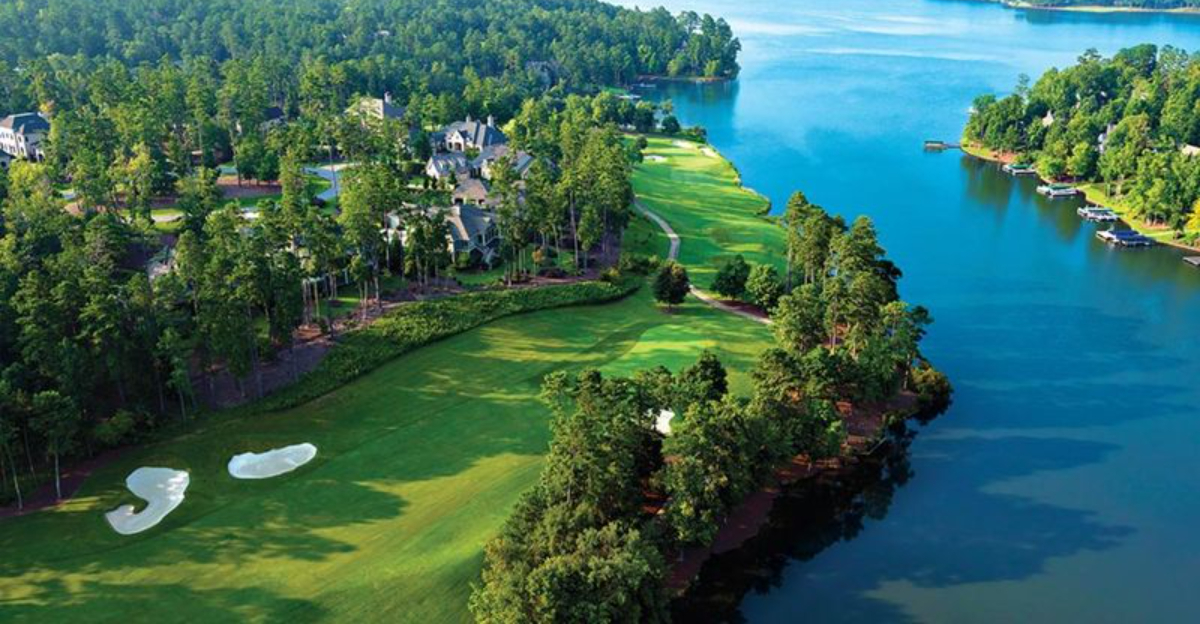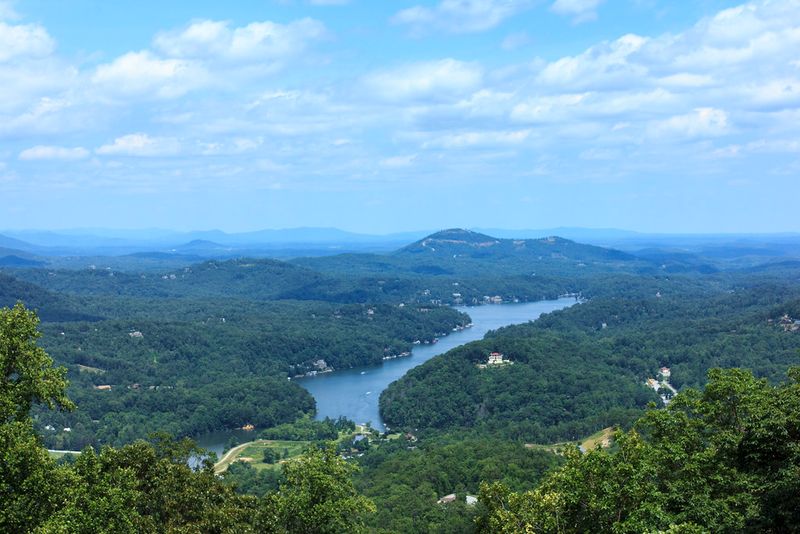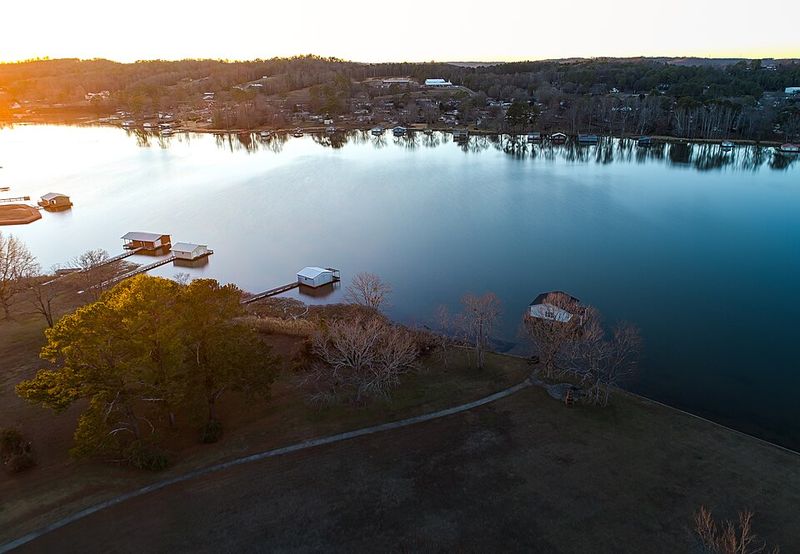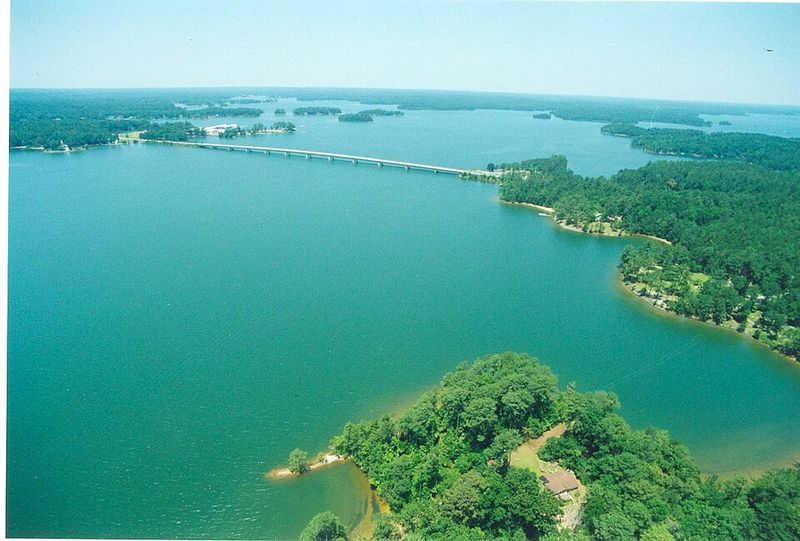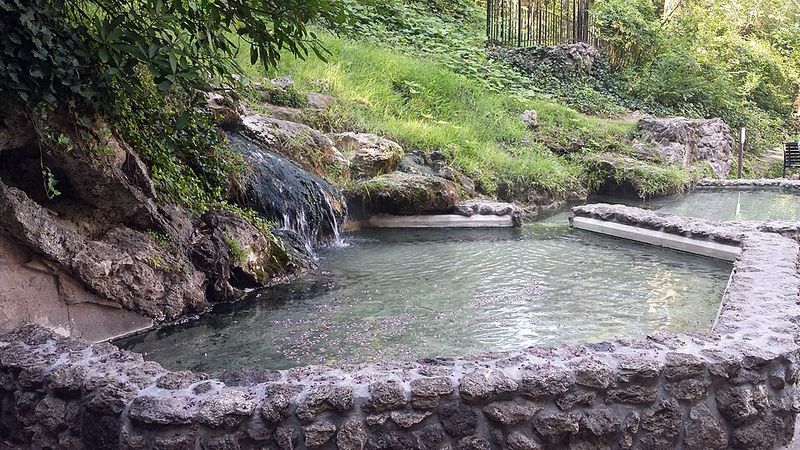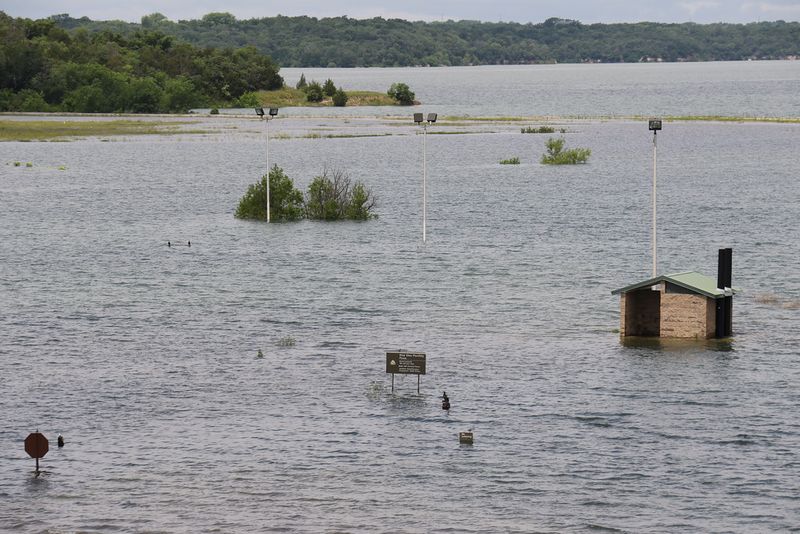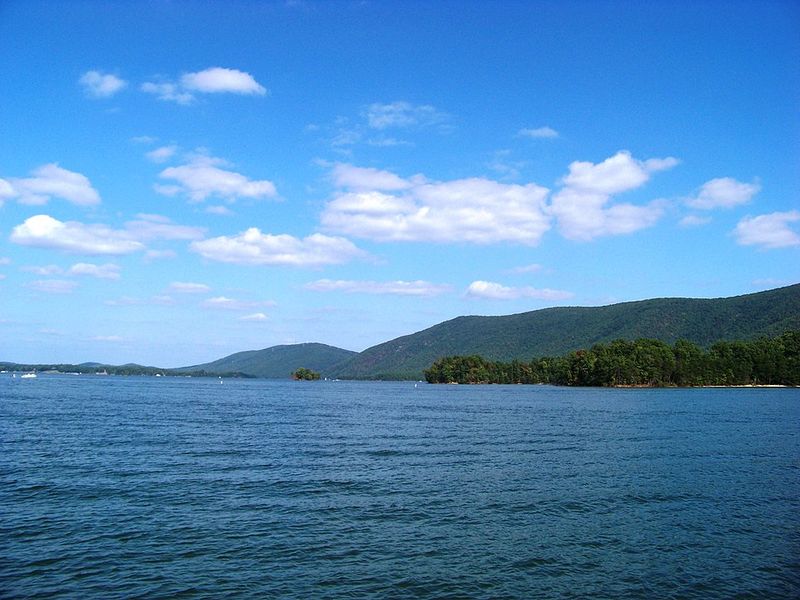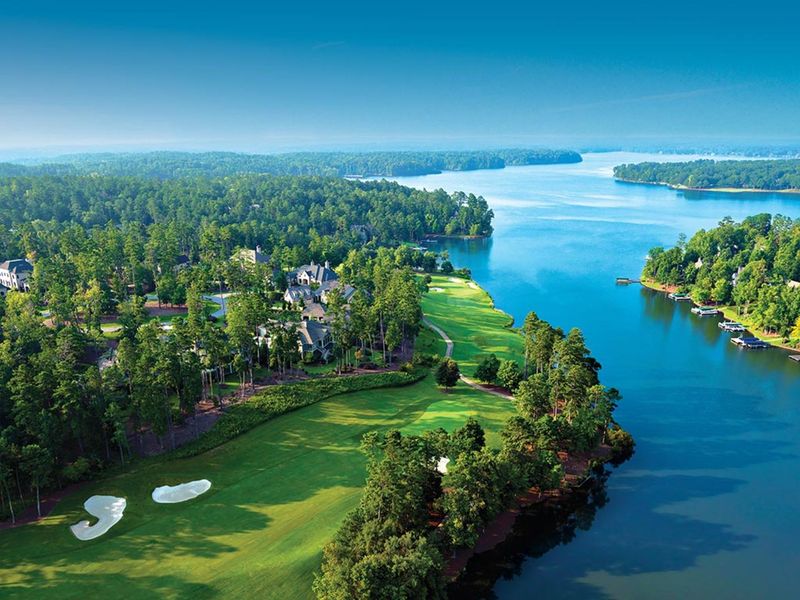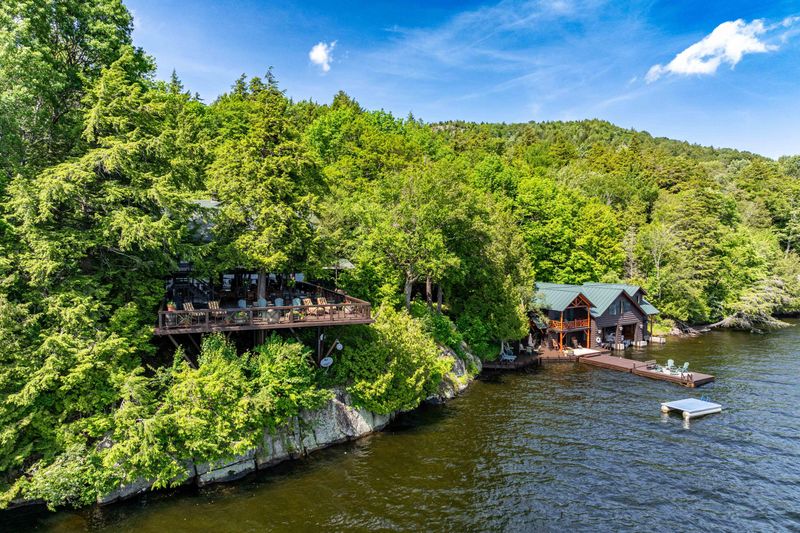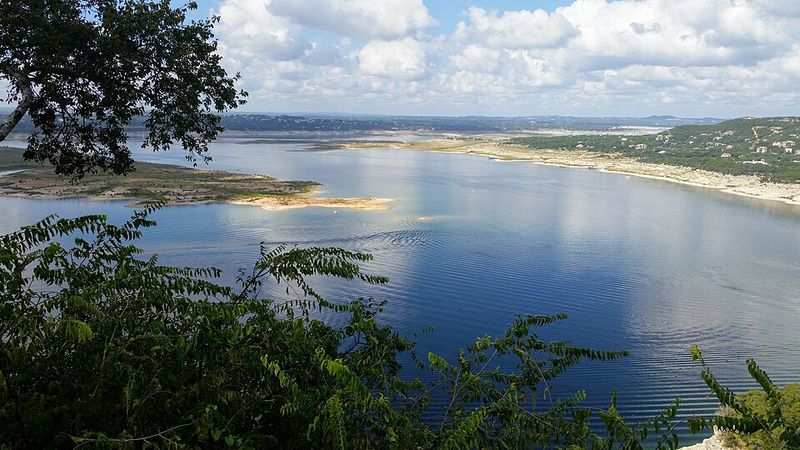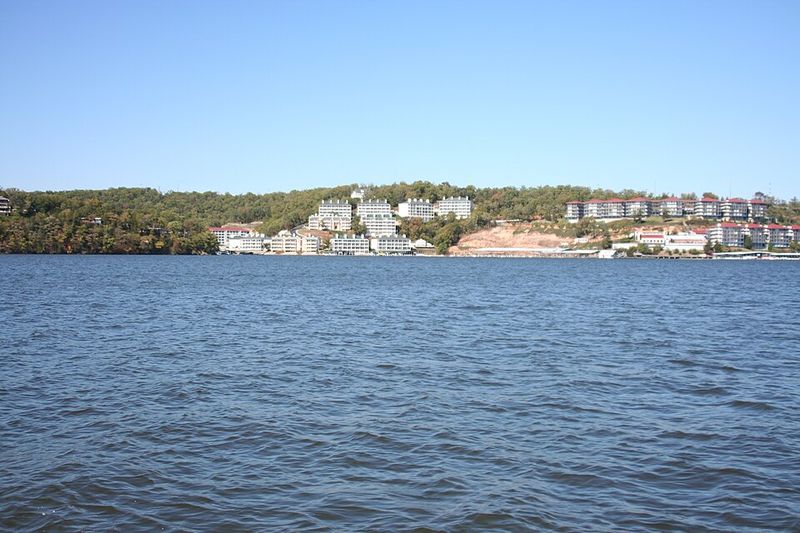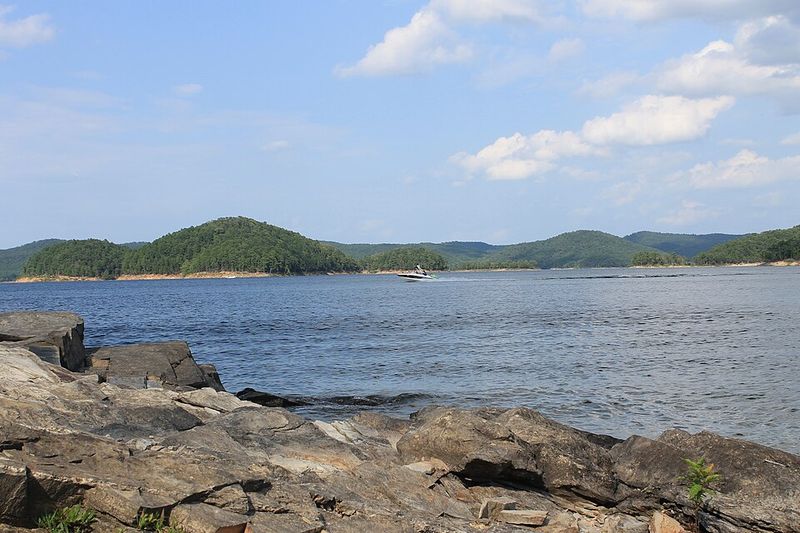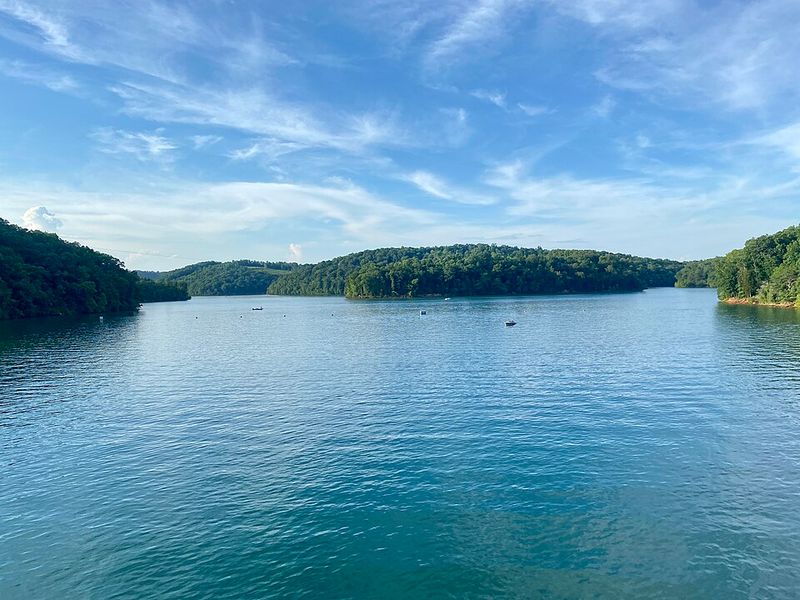Summer sunlight glitters on southern lakes, drawing boat wakes, music, and crowds that ripple into quiet towns. For locals, the season brings opportunity and a little chaos, as traffic, rentals, and late-night parties collide with school runs and grocery lines. These places thrive on tourism yet fiercely guard their everyday rhythms. Step into twelve lake communities where glassy mornings meet holiday-weekend frenzy, and see how they balance both worlds.
1. Lake Lure, North Carolina
Famous for its role in Dirty Dancing, Lake Lure wrestles with a double identity each summer. Weekdays in spring can feel like a private retreat, with blue ridges mirrored on still water. Come July, parking lots brim with rental cars, docks thrum with music, and paddleboards zigzag between pontoon wakes. Locals savor early mornings and off-season hikes when trails breathe again. Businesses rely on the surge, yet quiet coves feel fewer during peak months. The town plans events to spread foot traffic beyond weekends. When autumn mists return, residents reclaim their rhythm, grateful and a little relieved.
2. Guntersville, Alabama
Guntersville, dubbed Alabama’s Lake City, balances top-tier bass fishing with small-town routines. From May through August, marinas fill before sunrise, and boat ramps queue like rush hour. Trails that feel meditative in winter throng with weekend joggers and strollers by noon. Restaurants pivot to quick-turn menus while locals eat early or late. Fishing tournaments pulse through the calendar, boosting bookings and noise in equal measure. Residents carve out serenity at hidden coves and midweek sunsets. City crews juggle litter, traffic cones, and festival stages. When humidity lifts, quiet returns, leaving a stronger economy and tired, grateful hosts.
3. Lake Martin, Alabama
Sprawling across 40,000 acres, Lake Martin hosts both lifelong residents and luxurious second homes. Dadeville’s pace shifts dramatically as holiday weekends approach, especially the Fourth of July. Fireworks crackle, rental skiffs zigzag, and party barges cluster in sheltered fingers of water. Grocery aisles resemble airport terminals, and dockside restaurants cite hour-long waits. Locals plan errands at dawn, boating at dusk, and errands again once fireworks fade. Short-term rentals power a robust seasonal economy, yet strain roads and patience. Volunteer groups organize shoreline cleanups after big weekends. When school resumes, the lake exhales and glassy mornings return.
4. Hot Springs, Arkansas
Hot Springs blends spa-town heritage with lake life on Hamilton and Ouachita. Bathhouse Row still draws wellness seekers, but summer crowds swivel toward marinas and rental decks. Locals time their soaks and suppers carefully, slipping out before weekend surges. Guides shuttle anglers at dawn while families claim tubes by midday. Traffic along Central Avenue crawls on holidays, yet galleries and diners buzz with renewed energy. Residents champion trail etiquette and lake safety as visitor numbers spike. Seasonal workers fill gaps but housing grows tighter. When leaf season settles in, a gentler rhythm returns to steamy springs and quiet coves.
5. Lake Texoma, Texas–Oklahoma Border
Straddling two states, Lake Texoma feels like a weekly festival from spring to fall. Anglers chase stripers at dawn, party boats anchor by noon, and lakeside towns absorb the overflow. Pottsboro and Kingston welcome the surge, yet infrastructure strains under trailers and trucks. Shoreline parks brim with coolers, music, and sunscreen glint. Locals pivot to backroads and quiet boat ramps midweek. Marinas juggle slip demand while guides book months ahead. After storms, community crews clear debris to keep coves open. When winter steals the crowds, the region repairs, re-stocks, and breathes before the next big weekend.
6. Smith Mountain Lake, Virginia
Smith Mountain Lake shifts from serene escape to summer spectacle in a heartbeat. Mornings begin with loons and mirror-like water, then crescendo into wakesurf roars by afternoon. Residents champion no-wake zones and quieter evenings, but vacation rentals amplify traffic. Grocers run double shifts and fuel docks queue out onto the water. Retirees and families coexist with bachelor parties and regatta weekends. Some neighborhoods coordinate courtesy patrols and litter pickups. Businesses love July revenues yet wince at shoreline erosion. Come September, coves soften into silence, and the lake returns to the reflective retreat locals adore.
7. Lake Oconee, Georgia
Lake Oconee’s polished image attracts golfers, spa-goers, and weekenders from Atlanta. Upscale resorts and restaurants hum through summer, while quiet farm roads carry delivery trucks and commuters. Longtime residents recall a sleepier shoreline, now dotted with new docks and manicured lawns. As crowds swell, tee times vanish and boat ramps back up. Local stewards promote water etiquette and early reservations. Service staff face intense seasonal demand and rising housing costs. After Labor Day, fairways open, coves calm, and small-town rhythms reemerge. The lake remains a study in balance: growth, grace, and a nostalgia that never quite fades.
8. Lake Murray, South Carolina
Just outside Columbia, Lake Murray doubles as a daily escape and weekend magnet. After-work boaters chase pink sunsets, but peak-season Saturdays bring flotillas and fireworks. Locals say the best water arrives post-Labor Day, when coves turn calm and herons reclaim pylons. Summer gridlock at ramps tests patience, and restaurants juggle patio seating with sudden storms. Festivals boost small businesses while filling streets with coolers and umbrellas. Residents organize shoreline cleanups and encourage off-peak outings. As fall arrives, the lake exhales, revealing clear water and uncrowded docks. Everyday life slowly outpaces the party.
9. Lake Travis, Texas
Lake Travis near Austin blends Hill Country vistas with high-octane play. Party coves pulse to live music while cliffs echo with laughter and daring jumps. Locals embrace the energy yet dread peak-season bottlenecks, scarce parking, and relentless engine noise. Restaurants on stilts juggle bands and brunch rushes, and short-term rentals proliferate. Safety patrols manage busy channels as paddleboards navigate wake churn. Savvier residents hit the water at dawn or Tuesday evenings. When drought reshapes shorelines, communities adapt boat routes and habits. Cooler months bring clarity, golden light, and a quieter, steadier beat along the limestone bluffs.
10. Lake of the Ozarks, Missouri
At the South’s northern fringe, Lake of the Ozarks straddles family fun and party-town reputation. Summer weekends amplify everything: wakes, neon, and late-night laughter drifting across channels. Tourism underpins livelihoods, yet full-time residents often feel overshadowed by the spectacle. Marinas move fuel nonstop while coves host flotillas and raft-ups. Quiet pockets still exist at sunrise, when fishermen trace glassy lines. Locals push for safe speeds, courtesy, and responsible rentals. After peak season, trails and diners regain a neighborly cadence. The lake endures as both an economic engine and a place people still call home.
11. Broken Bow Lake, Oklahoma
Set in the Ouachitas, Broken Bow is prized for clear water and forested shores. Hochatown’s boom brings designer cabins, boutique lodges, and packed parking lots by summer. Locals appreciate jobs while fretting about affordability and quiet. Trails brim with hikers by mid-morning, and kayak fleets dot emerald coves. Outfitters schedule dawn departures to dodge flotillas. New ordinances manage rental density and noise, aiming for sustainable growth. Restaurants lean on seasonal hires and longer waits. When leaves flame crimson, the lake settles, and residents rediscover the hush that first drew them here.
12. Norris Lake, Tennessee
Norris Lake, tucked in Appalachian foothills, invites retirees, families, and weekenders to its long, winding coves. For much of the year, it’s serene—until mid-June unleashes a flotilla of houseboats and jet skis. Marinas churn with rentals while quiet fishing holes grow scarce by noon. Residents adjust schedules and favor shoulder seasons. Local groups advocate wake etiquette and shoreline protection to curb erosion. Grocers, mechanics, and guides see profits spike with the noise. As school resumes, the surface calms, revealing deep green water and patient mountains. Life returns to an easy cadence that locals fiercely protect.
